Built for the year 2080, the Rimac Scalatan concept by Max Schneider gives us a unique window into what our world and the transport industry could look like over half a century from now. Known for their advanced hypercars powered by cutting-edge innovations and technology, Rimac’s brand image literally screams futuristic… and the Scalatan concept capitalizes on that, with a combination of features that make it incredibly enticing. The car comes with a stunningly aerodynamic carbon-nanotube graphene outer surface that sits coolly on top of a generative-design chassis made from 3D-carboprinted titanium graphite. This organic looking chassis gives the car its structure and strength, while also being hollow on the inside to store the car’s lithium-oxygen batteries. These batteries react with oxygen (from air that passes through the chassis as the car drives) to produce lithium oxide that’s converted into energy… in short, the Scalatan actually BREATHES air like a living organism.
The Scalatan champions renewable energy like all of Rimac’s hyper-mobiles… the concept runs on air-powered lithium-oxygen batteries, but also features a unique induction-charging aero-fin base that has the capability of charging itself through the road as it drives, a feature that supports the Li-O batteries by offsetting some of the car’s energy demands and pulling electrical energy right from the induction-ready road. The car’s wheels embrace futurism too, and while the chassis relies on being hollow to allow air to fill it up and charge the batteries, the wheels don’t share the same distinction. The Scalatan’s airless wheels (like most of the car) come 3D-printed too, using a unique lattice structure to absorb shock, just like air-filled wheels; while resisting wear-and-tear and being completely puncture-proof.
Schneider’s design process for the Scalatan involved a two-pronged approach – A future study, to understand how a car in 2080 would be built and how it would operate, as well as a detailed study of Rimac’s own design language, in order to help the car capture the Croatian automotive company’s brand DNA. The Scalatan, in that regard, does a pretty remarkable job of showcasing future technologies while entirely embracing Rimac’s design playbook. It comes with the unique cutaway shape in front of the rear wheel, a detail that’s common to all of Rimac’s cars, while going for the sleek headlights, and amping up the beauty with edge-lit floating taillights that look mesmerizing from any and every angle. The Scalatan, like all of Rimac’s cars, also packs doors that give you a dramatic entry and exit to and from the vehicle. The doors form a part of the car’s front surface panel, and open upwards from the front, instead of from the side. This reveals the car’s aggressive chassis, almost like a predator revealing its teeth before it attacks its prey. Gaps in the side of the chassis (as well as the front) allow you to enter the car’s interiors, which seat the driver and passenger one behind the other in a 1+1 arrangement, much like a fighter jet… which seems like a pretty apt metaphor for a car that’s designed to absolutely ‘take-off’ on roads, leaving nothing but a cloud of dust behind. If the future is even half as cool as Max imagines it to be, I have a vested interest to live till I’m a hundred.
And there’s even a Hyperloop-enabled version of the Scalatan that you can see on Max’s project page.
Designer: Maximilian Schneider






























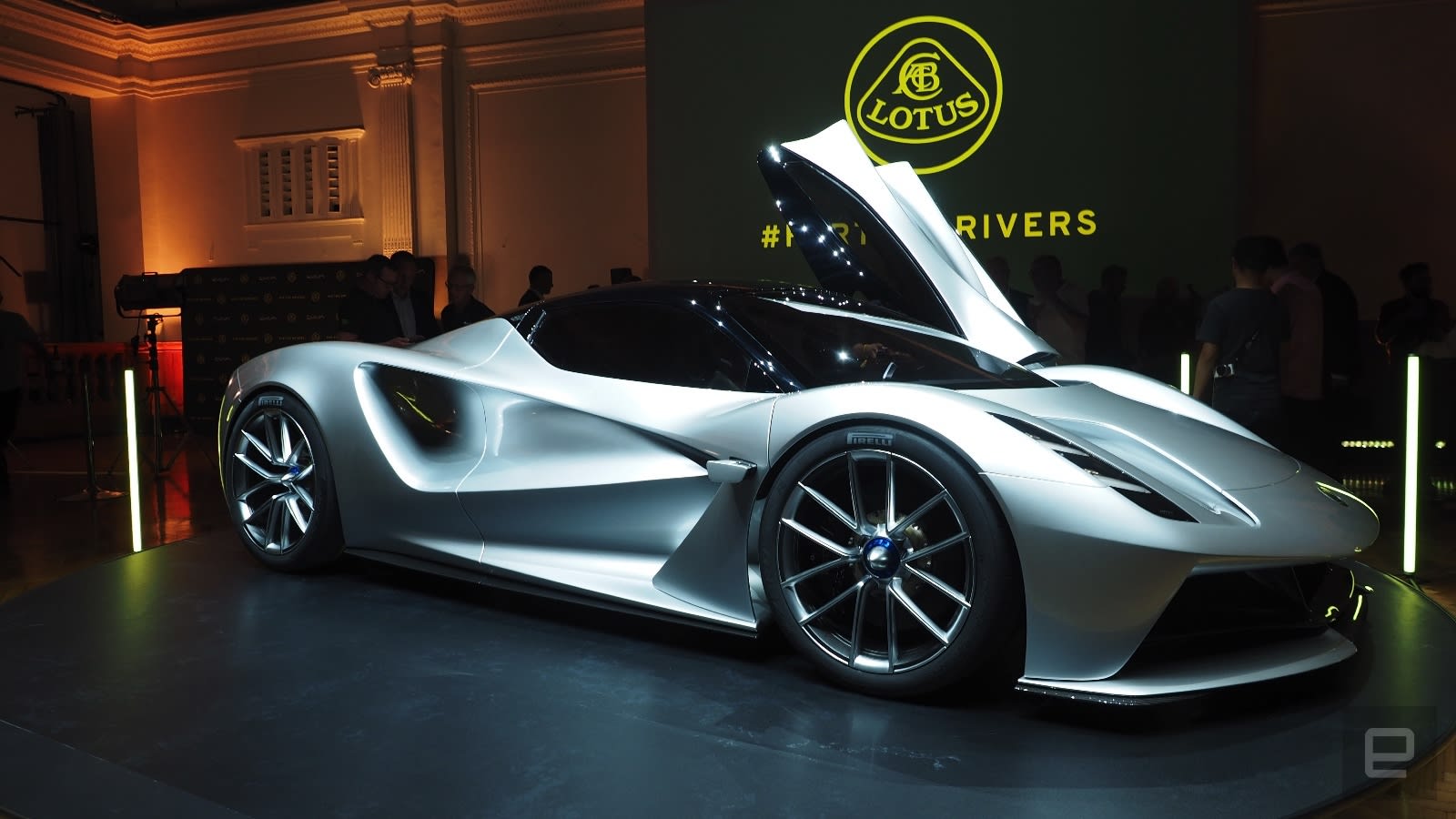 Did you stare at the Lotus Evija and wonder how anyone could justify an electric hypercar costing over $2.6 million, especially from a brand best known for far lighter and cheaper gas vehicles? Apparently, you had no reason to doubt. Lotus told Aut...
Did you stare at the Lotus Evija and wonder how anyone could justify an electric hypercar costing over $2.6 million, especially from a brand best known for far lighter and cheaper gas vehicles? Apparently, you had no reason to doubt. Lotus told Aut...
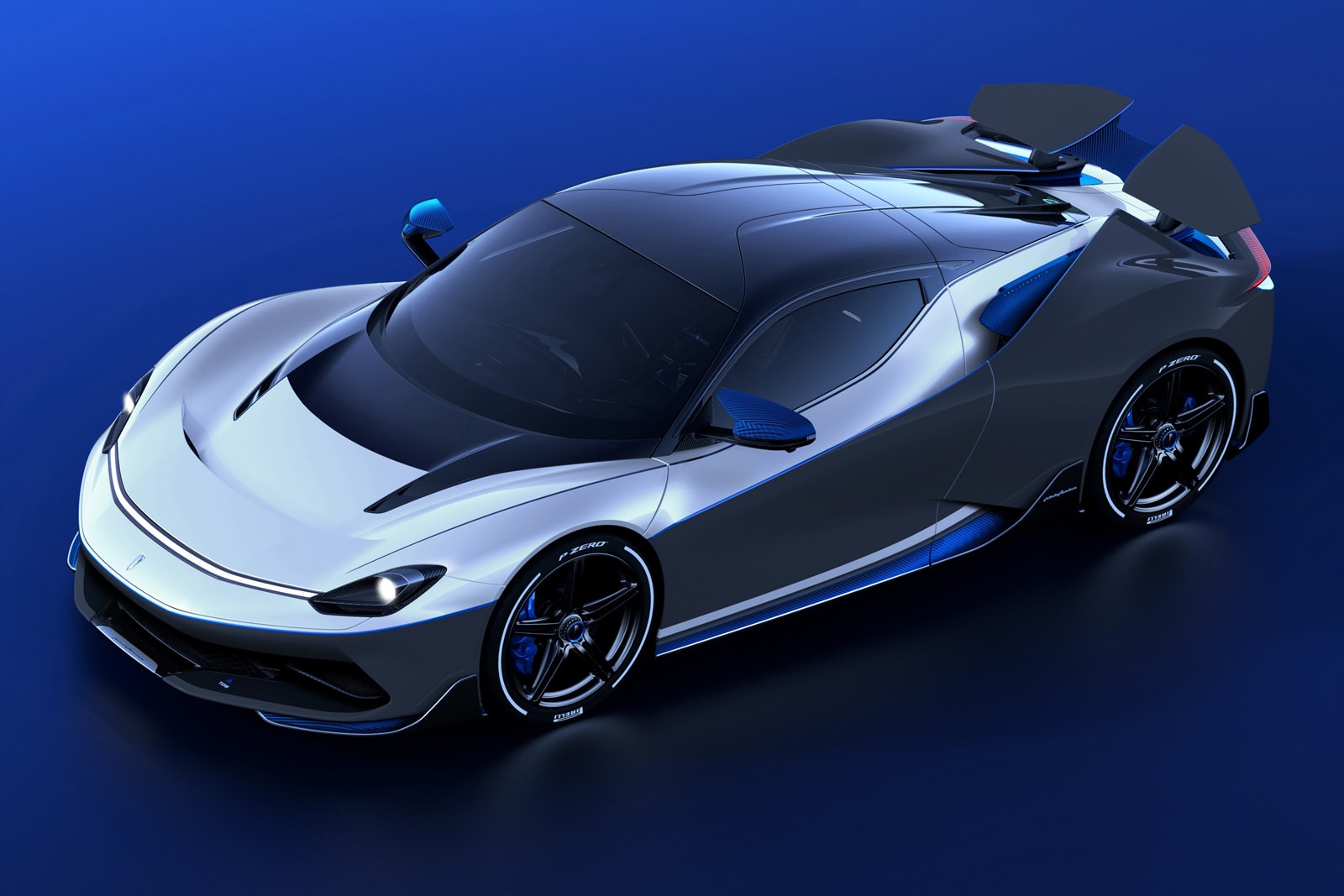 Is Pininfarina's Battista electric hypercar just not exclusive enough for you? You're in luck. The Italian automaker has unveiled a special Battista Anniversario variant that pushes the EV even further. It still revolves around that 1,900HP quad-m...
Is Pininfarina's Battista electric hypercar just not exclusive enough for you? You're in luck. The Italian automaker has unveiled a special Battista Anniversario variant that pushes the EV even further. It still revolves around that 1,900HP quad-m...
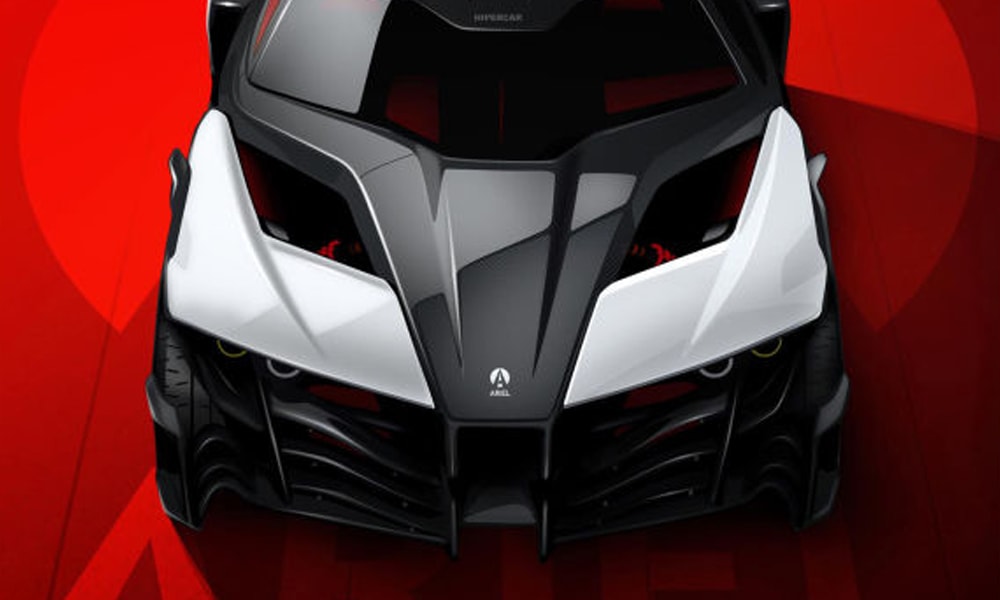 British automaker Ariel revealed concepts of its Hipercar -- short for "high-performance carbon reduction" -- in the summer of 2017. The company mentioned some impressive specs, such as the ability to reach 60 miles per hour in just 2.4 seconds and a...
British automaker Ariel revealed concepts of its Hipercar -- short for "high-performance carbon reduction" -- in the summer of 2017. The company mentioned some impressive specs, such as the ability to reach 60 miles per hour in just 2.4 seconds and a...
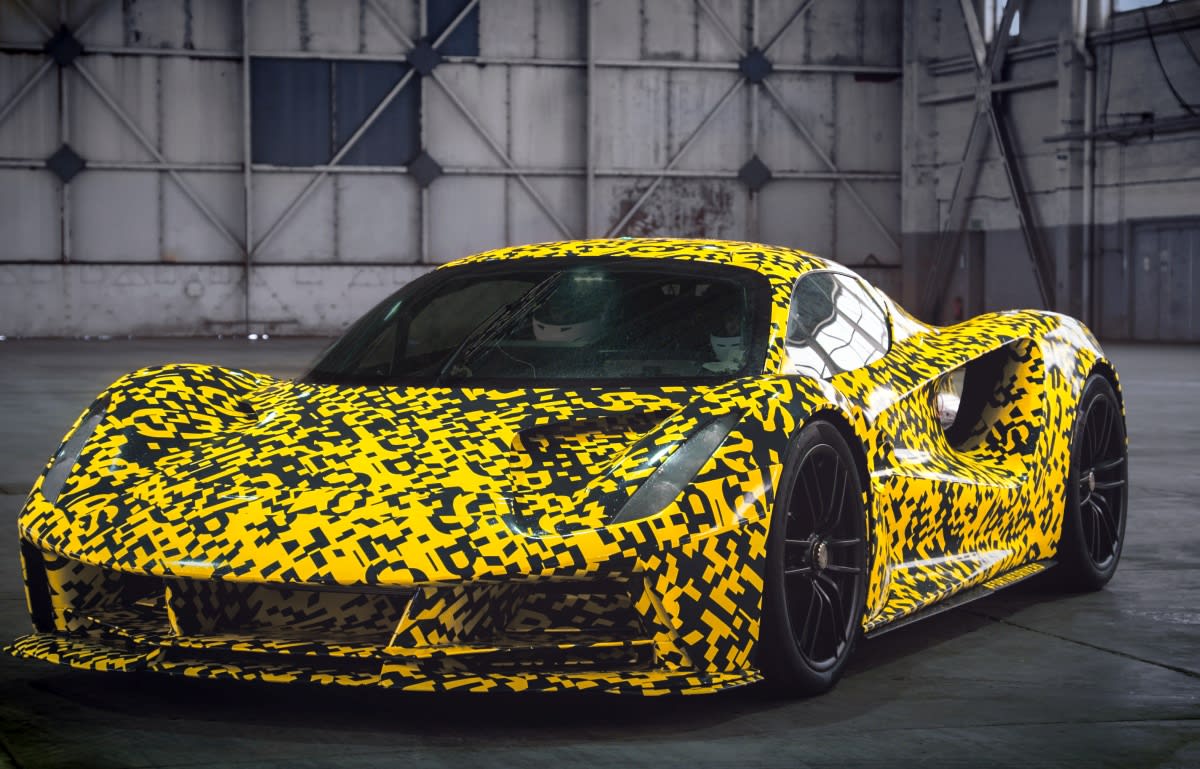 With just minutes to go until Tesla reveals its electric 'Cybertruck,' Lotus has shown off some EV news of its own. We're getting our first good look at its all-electric Evija roadster in "high-speed action" ahead of its China debut at the Guangzhou...
With just minutes to go until Tesla reveals its electric 'Cybertruck,' Lotus has shown off some EV news of its own. We're getting our first good look at its all-electric Evija roadster in "high-speed action" ahead of its China debut at the Guangzhou...
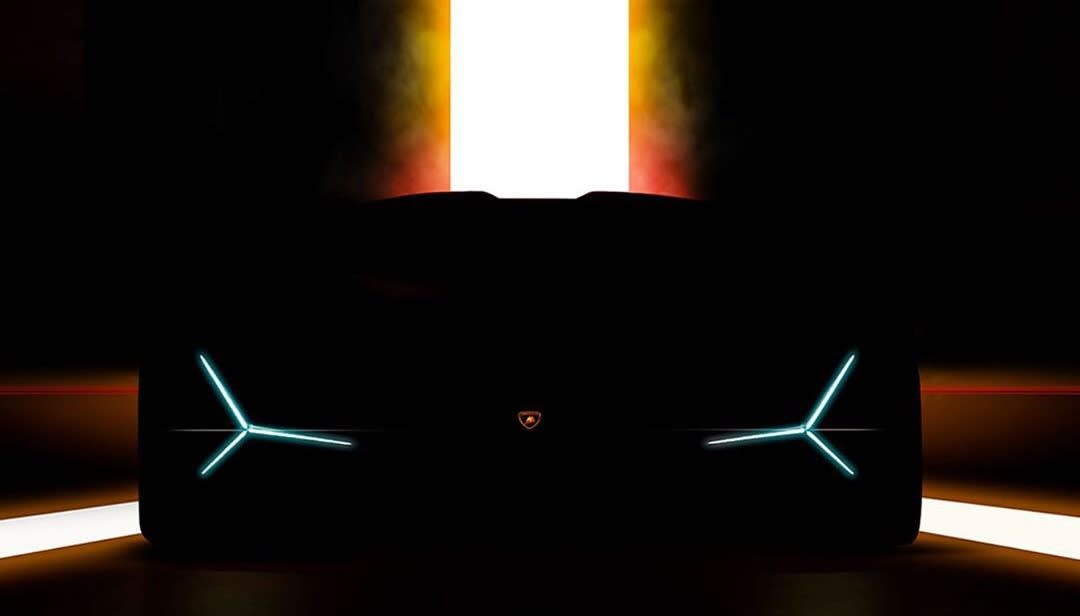 Ever since Lamborghini showed off its wild MIT-collaborated Terzo Millennio concept we've been waiting to see what a production version could look like, and we might find out soon. Autoblog points out this teaser image posted to the company's Instagr...
Ever since Lamborghini showed off its wild MIT-collaborated Terzo Millennio concept we've been waiting to see what a production version could look like, and we might find out soon. Autoblog points out this teaser image posted to the company's Instagr...
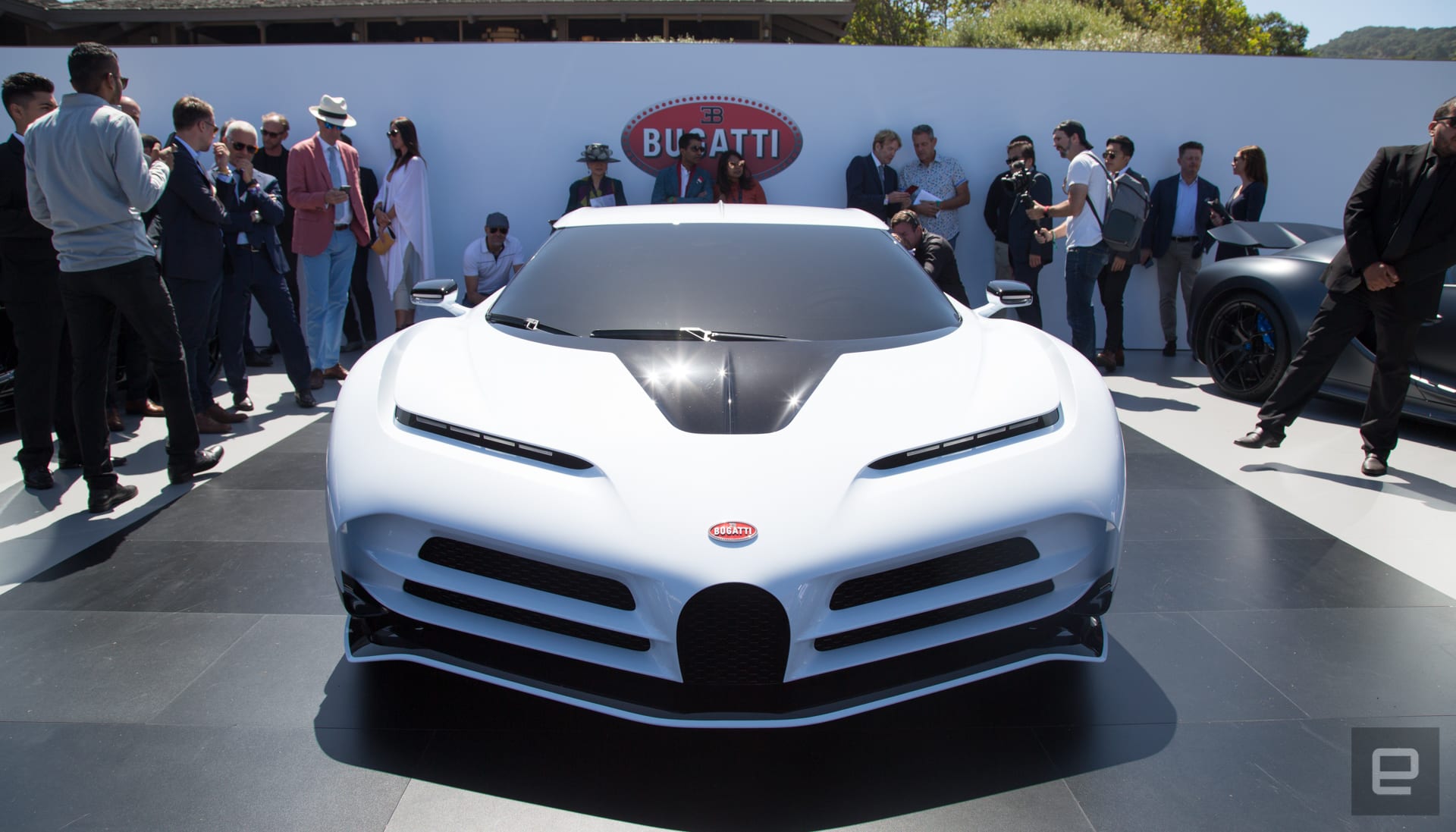 During Monterey Car Week there's no shortage of nostalgia. Both the Pebble Beach and Quail gatherings are magnets for almost any vintage car you can imagine. So it made sense for Bugatti to unveil its new Centodieci hypercar, a nod to the iconic EB11...
During Monterey Car Week there's no shortage of nostalgia. Both the Pebble Beach and Quail gatherings are magnets for almost any vintage car you can imagine. So it made sense for Bugatti to unveil its new Centodieci hypercar, a nod to the iconic EB11...
 Lotus decided to make its latest hypercar not only all-electric but also incredibly powerful. The Evija is the company's first car with an electrified powertrain, which translates into a disgusting amount of power (2,000 PS or roughly 1973 in horsepo...
Lotus decided to make its latest hypercar not only all-electric but also incredibly powerful. The Evija is the company's first car with an electrified powertrain, which translates into a disgusting amount of power (2,000 PS or roughly 1973 in horsepo...
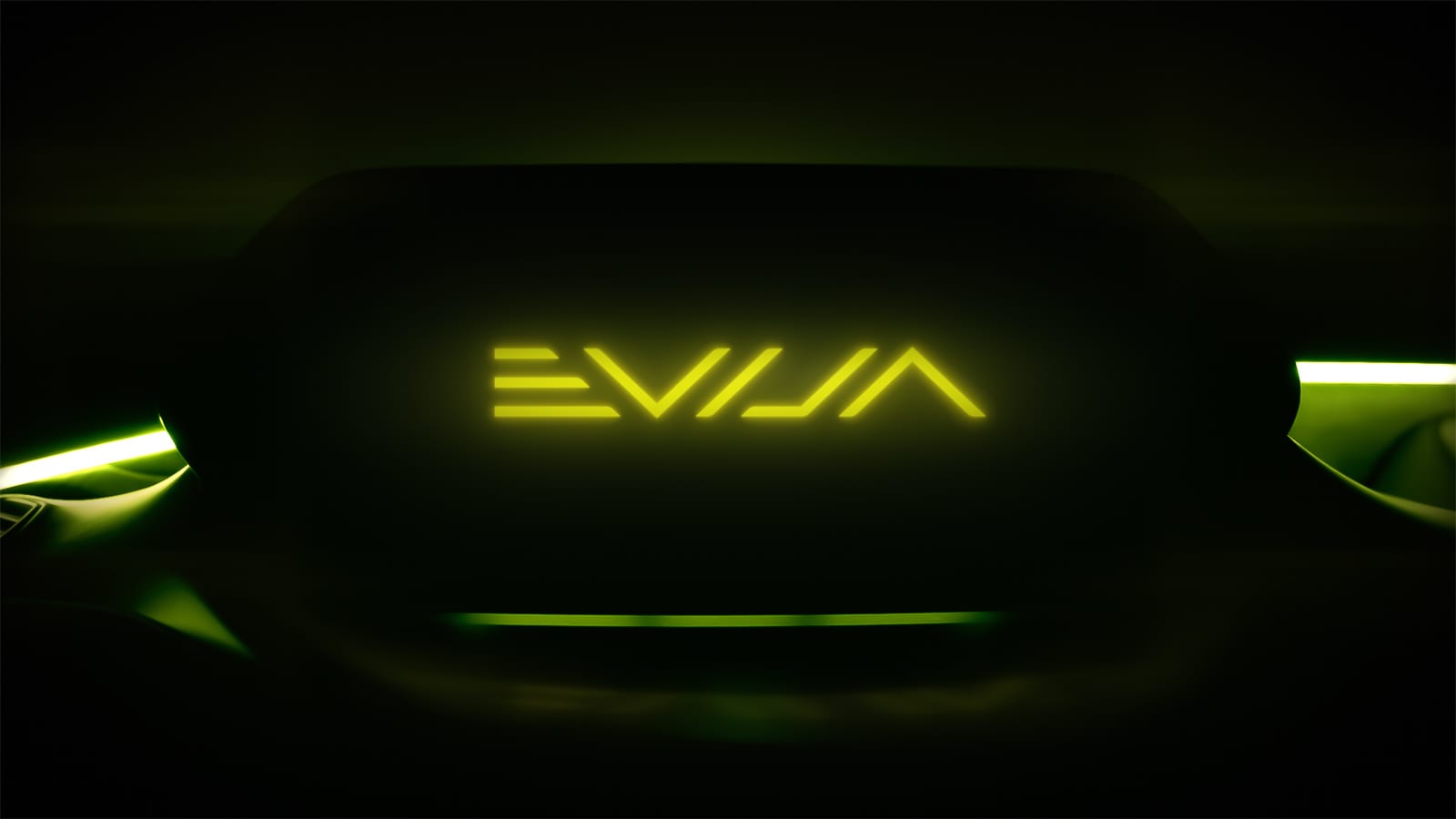 No, Lotus isn't ready to spill the beans on its Type 130 electric hypercar. It is, however, ready to give the car a name: meet the Evija (pronounced "ev-eye-a"). While the company's choice of name is a bit strained -- it means "the first in existen...
No, Lotus isn't ready to spill the beans on its Type 130 electric hypercar. It is, however, ready to give the car a name: meet the Evija (pronounced "ev-eye-a"). While the company's choice of name is a bit strained -- it means "the first in existen...